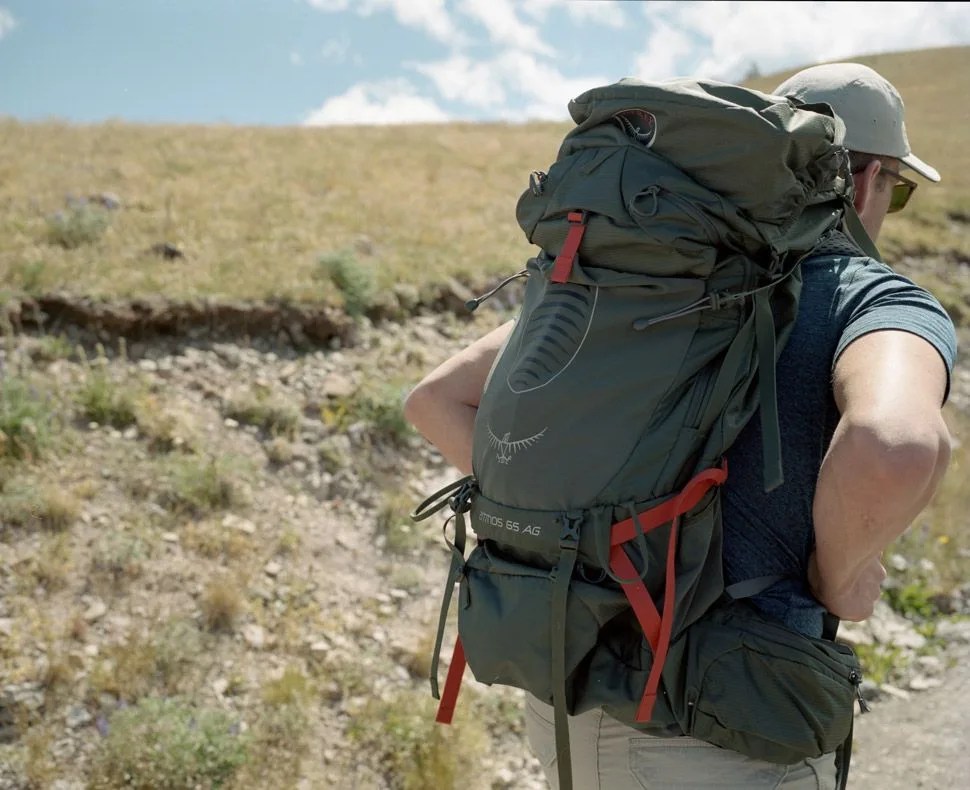Elbert Hubbard, an early-1900s writer, philosopher, anarchist, socialist, wrote, in 1914, “From the tip top of Mount Washburn you can see the world in much of its glory. It is an entrancing view. You are in love with living. You want to do more of if. You plan to do big things when you get down into the work again.” Bold words. Mount Washburn has this effect on people. One of the earliest visitors, Gustave C. Doane, recorded this remark in 1870: “The view from the summit is beyond all adequate description.” (He went on to describe in detail the “variegated landscape” of “innumerable groves” and “sparkling waters” and “ragged volcanic peaks heaped in inextricable confusion.”)
It’s nice. The view, which hosts one of three active fire lookout towers in Yellowstone, sits at 10,243 feet and shows pretty much everything the park has to offer. It’s a Yellowstone must-do. When we took it on with Traci Weaver, from the park’s Public Affairs team, I felt generous and told everyone I’d carry water, snacks, spare jackets, cameras, knives, shackets, whatever, in the Osprey Atmos AG 65, for the short 2.25-mile hike (which ascends 1,491 feet). The Atmos AG dropped earlier this year and has been reviewed as a five-star-ranked Editors’ Choice by OutdoorGearLab, an Editors’ Choice from Backpacker, and something we called “groundbreaking” on early tests. For the short day hike, it was pack overkill. So what? If Washburn stands for anything, it’s hyperbole.
“You are in love with living. You want to do more of it. You plan to do big things.”
Full disclosure: I sweat a lot. It comes out from my forehead, chest and armpits — but the back, that’s where the dam really bursts. And so backpacks tend to become absolute sweat receptacles. It’s an unfortunate relationship that’s led to animosity. Yet, after cresting Washburn and taking the Atmos AG off, I found an uncommon lack of sweatiness. The pack, with Osprey’s Anti-Gravity setup, extended an olive branch to this preposterous back-sweater.
The Atmos arcs away from the back, leaving only a high-perforated mesh panel. That’s the obvious ventilation tech. Yet the pack also boasts an incredibly strategic fit — anchored with the waist straps, which wrap closer and more smoothly around my waist than other packs I’ve tested. It rested on the upper part of my hips ergonomically, reducing shoulder load and keeping the pack spritely on the hike. On this route, with a particularly light load (15 to 20 pounds), it gave the sensation of next to no added weight. When packed with heavier loads at other points in the trip, I found the pack still distributed weight very well, preserved ventilation on the back, and didn’t suffer from the “swinging” sensation of some packs with back-ventilation systems.
In this realm of high-end backpacks, where nearly everything is good and comes with the requisite bells and whistles for backpacking, it’s notable when a pack fits well enough to stand apart and above the rest of the competition. And when in possession of said pack on the side of a 10,000-foot peak, with the wealth of Yellowstone in every direction around you, you get a little verbose. Your thoughts turn purple. In effect: “You are in love with living. You want to do more of it. You plan to do big things.”
